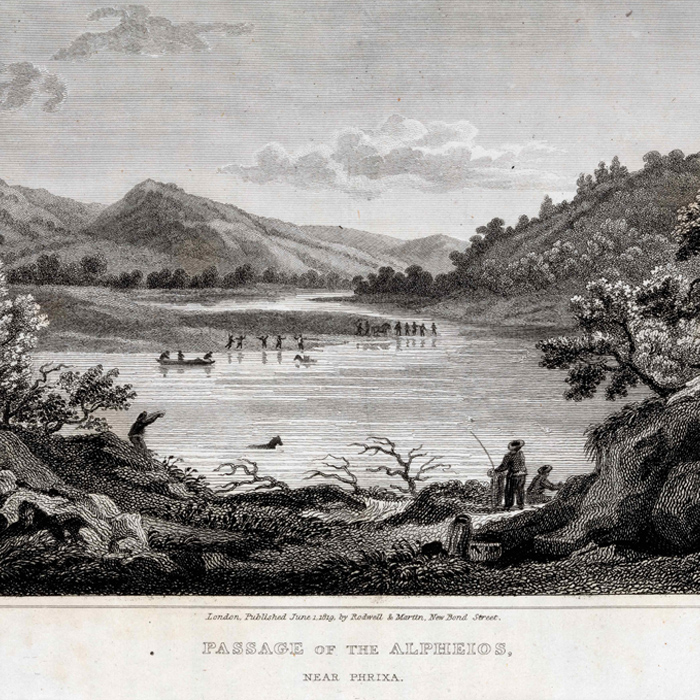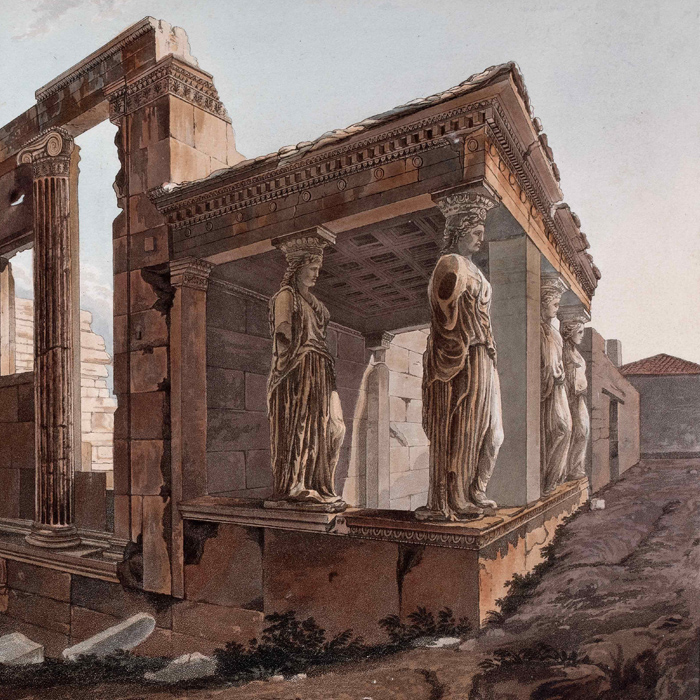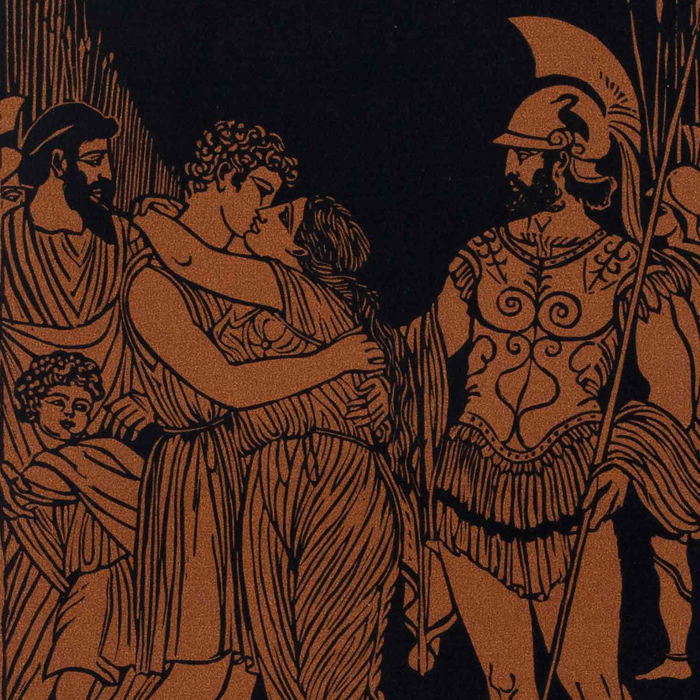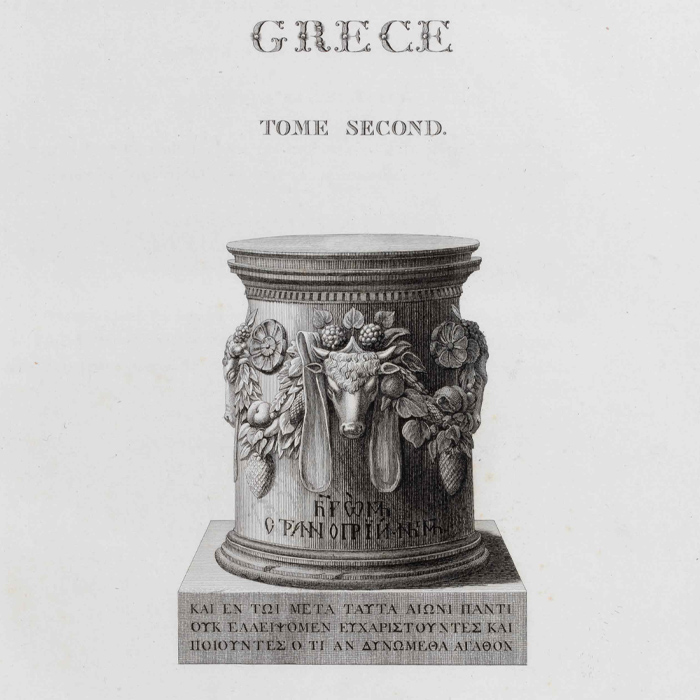Voyage du jeune Anacharsis en Grèce
The book Voyage du jeune Anacharsis en Grèce includes significant information on the ancient Greek civilisation. The French Jean-Jacques Barthélemy published it in 1788. It was translated into Greek by Rigas Feraios in 1797. The book tells the story of the young Scythian Anacharsis, who travelled to Ancient Greece in quest of knowledge and experience.
External appearance and illustrations
The book Voyage du jeune Anacharsis en Grèce, vers the mileu du quatrième siècle avant l’ère vulgaire (Voyage of young Anacharsis to Greece in the mid-4th century before the common era) is 20 cm (width) x 25 cm (height). It has a brown hardback cover and is in near fine condition.
It features etchings of ancient Greek monuments.
A travel tale
The story unfolds in the form of a narration. It follows the journey of the young Scythian Anacharsis to Ancient Greece, and includes actual historical information on the ancient Greek civilisation.
It also includes an extensive introduction with numerous references to Ancient Greek music, ancient Athenian literature and the economy.
Unexpected success
French Jean-Jacques Barthélemy published the book for the first time in 1788, in French. It was translated into Greek by Rigas Feraios in 1797. A 2nd translation was done in 1819 by Georgios Chrysovergis in Vienna.
The book later became a reliable source of historical information. Its writing style subsequently influenced other similar books. The author had never imagined that his work would become so popular.
The wise Anacharsis
Anacharsis was a Scythian philosopher. His mother was Greek and his father, Gnouros, was king of a nomadic Scythian tribe.
Anacharsis visited Athens in 589 BCE and became a disciple of Solon. He was praised for this erudition and the Greeks later included him among the wise men of antiquity.
Upon returning to his homeland, he was killed by his own brother. He was considered a traitor of their traditions, as Anacharsis attempted to introduce the worshipping of goddess Demeter.
The story
The traveller in the story is a young Scythian, a descendent of the famous philosopher Anacharsis, named after him. He travels to Ancient Greece in a quest of knowledge and experience. He visits many cities, colonies and islands in his journey. His goal at the end of his long tour is to return home and write his memoirs, when he is older.
Along his travels he describes customs, governments and antiquities in the locations that he visits. The traveller paints a complete picture of Ancient Greece, also describing the pursuits, passions, manners and customs of all neighbouring areas.
The Greek translation by Rigas Feraios
Rigas Feraios or Velestinlis undertook to translate the book. He selected the title Young Anacharsis. The Greek translation had 4 volumes and was first published in Vienna in 1797. Rigas Feraios’ Map of Great Greece (Charta) was published in the same year. It included a number of maps and currencies from Voyage du jeune Anacharsis en Grèce. Rigas Feraios, being the first to envision a National Greek State according to Western standards, attempted to create a map, a national anthem and a flag.
To expedite the publication of Young Anacharsis, the first 3 volumes were given to the printing company of the brothers Markides Pouliou, whereas the 4th volume was given to a different printing company. When the Austrians arrested Rigas Feraios and his associates in 1797, the 1st volume had been printed and the printing of the 4th volume had been completed. When Rigas Feraios was arrested, all publications stopped, the printing materials were seized and the printing company was shut down.
The Alpha Bank Rare Book Collection is not open to the public.
However, you may visit the other collections of the Alpha Bank Library.











